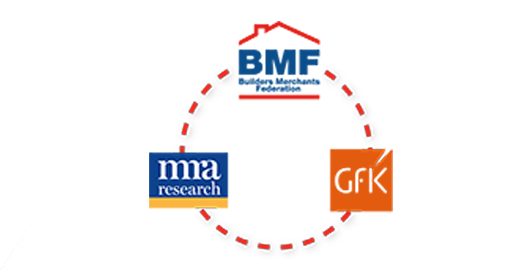ECI Software Solutions Comment: Q2 2023
The vast shift in public exposure to online shopping in the post-2019 landscape has compelled the industry to evaluate its digital strategies. In 2022 Forbes reported that building materials were in the top three industries growing over 100% between 2019 and 2021. Catalysed by global events and a marked increase in consumer reliance on digital interfaces, the sector responded variously to the limited digitalization present. Some businesses seamlessly transitioned and reaped benefits, others had to innovate to survive.
But now with consumers habituated to first seeking options online, businesses are at a crossroads. This surge in digital attention mirrors a phenomenon we’ve seen in broader retail spaces. Online content, from sponsored influencers to how-to videos, is more than just omnipresent; it’s influencing purchasing decisions. For those equipped and willing to vie for this new business, it presents an opportunity; for others, a challenge.
Many DIY enthusiasts rely heavily on digital content for project guidance. Moreover, they prefer businesses that provide quality materials and engage them through trusted content. This online trust becomes even more crucial as many customers feel more informed than some in-store staff, given the staff turnover we’ve seen in recent times.
The modern-day challenge for businesses lies in the frequency and accuracy of information updates on product availability, delivery timelines, and stock conditions. Imagine if all this could be streamlined through an online interaction, available outside branch hours when needed most? Automation not only ensures timely updates but also drastically reduces manual interventions and errors.
How often are your most experienced people tied up answering phone queries about prices, delivery, invoices, or store timings? In today’s digital age, a rich website proposition isn’t a luxury; it’s essential. It’s the minimum expected to provide accurate and real-time engagement to customers.
While the past 20 years saw a gradual embrace of digitalisation, the last three have exponentially accelerated this process. To stay competitive, our industry must not only adapt but thrive in this digital revolution. Mind the gap, or risk being left behind.



